How far would you go for realism? The world of flight simulation has come a long way over the past 3 decades of X-Plane. Aircraft cockpits have constantly evolved with new metrology and texturing tools to provide some of the premier virtual experiences we have today! But to flight-simmers, there is nothing that beats having the real cockpit in front of you. We all have that one aircraft we are phenomenologically attached to. It could be the feel of a switch of a 737, the sound of an A320 PTU pulsing through the cabin, the smell of coffee-stained seats of an MD-11, or the leathered touch of a C172 glareshield.
Pilots around the world spare no expense in bringing that experience into their offices, garages or living rooms (provided their significant other can tolerate the sunk cost). To build one’s own cockpit is a monumental effort, often done with a sharp engineering or creative mind, and the close collaboration of like-minded folk.
And somewhere in a tiny unit in San Jose, CA… a group of simmers are racing against the clock to build their own sim-cockpit, in time for WorldFlight 2025. However, there’s one catch… There are no off-the-shelf components specifically tailored for simulator use available to help them. They will have to build their 747-200 FROM SCRATCH!
1. Meet the “Jurassic Jets Team”
“I’m Putting Together a Team…”
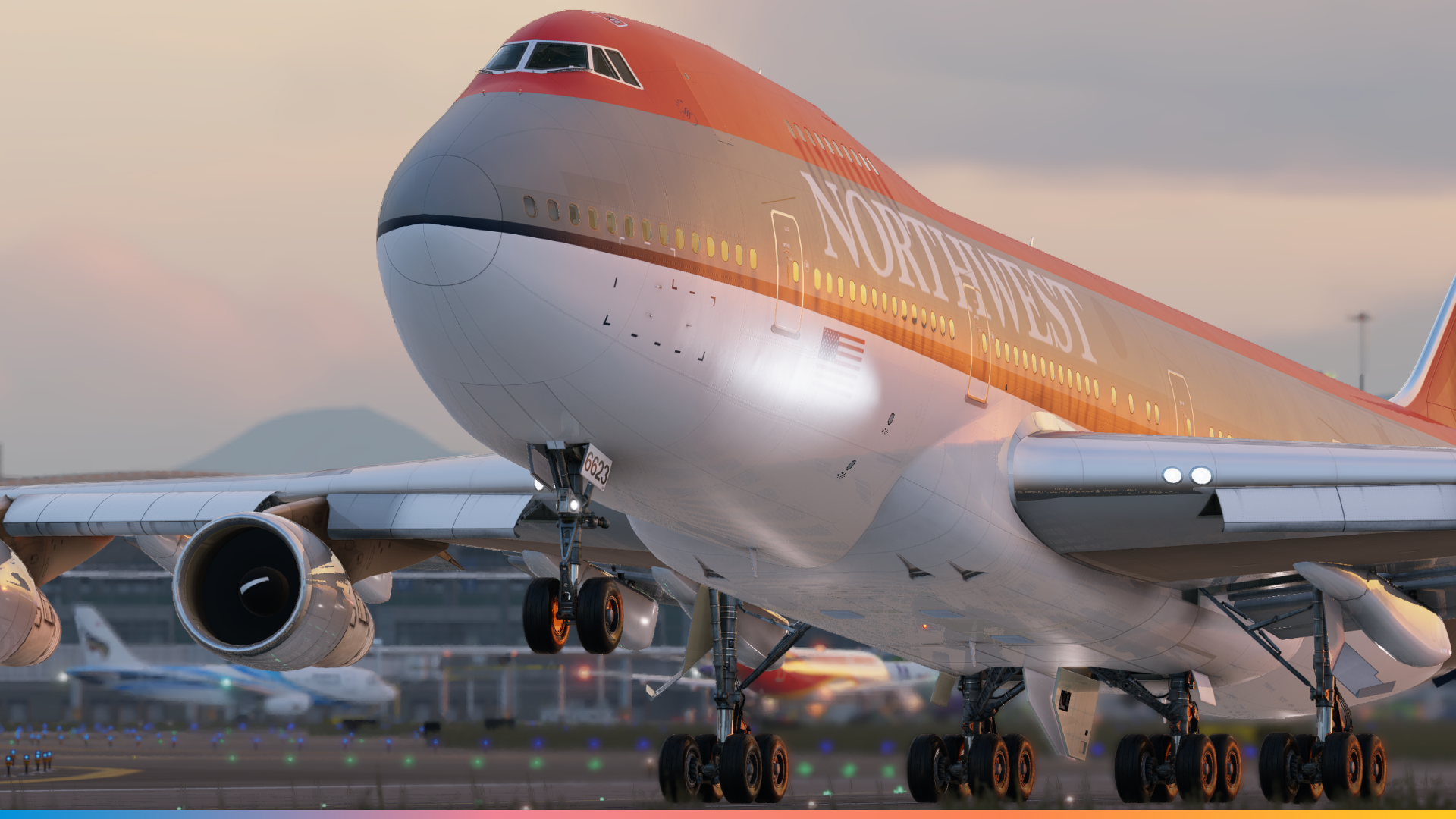
The team will be flying as NWA179 this year
The Jurassic Jets Team comprises like-minded avgeeks who have come together to take on the challenge of building the 747. Justin, Kyle, Jason and Matt, and a few other individuals that many community members may already be familiar with…
Kyle: Our team is mostly just the people who were crazy enough to believe in this project. Our backgrounds range in construction, engineering and aviation. Beyond that we have several people who live further from the sim and help remotely or fly in for worldflight. The sim is based in San Jose, CA, just a few minutes down the road from SJC. The team is mostly based across California with a few of us who live in Seattle and commute to the sim regularly to work on it.
About Justin (Jsnapp1982) – The Captain
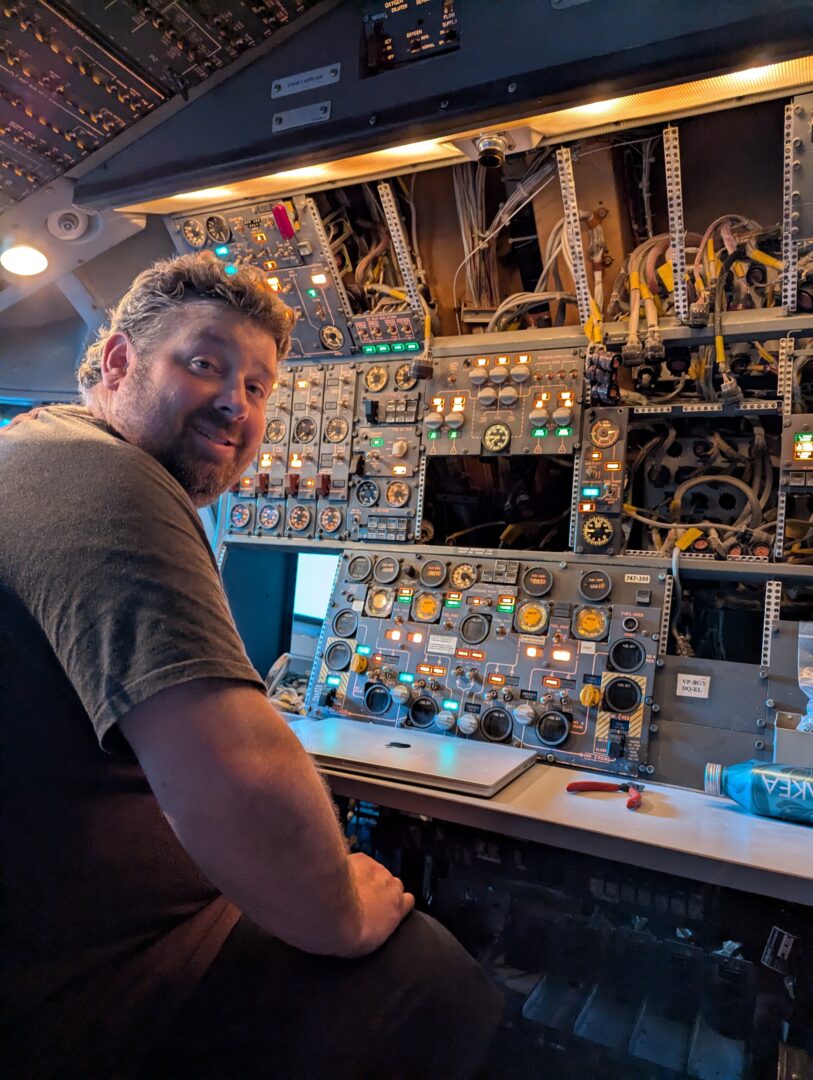
Chances are, if you are on Twitch and you are streaming an aircraft with more than 2 engines and built in the 20th Century, you are likely to find Justin! Some users may also be familiar with Justin as the author of the popular commercial third-party plugin – Shared Flight. With the objective of bringing true cockpit CRM to everyone, Shared Flight provides users with a seamless shared-cockpit experience. Pilots can authentically experience the true workload and co-operation needed to operate aircraft such as the 747, Concorde and other such quirky aircraft of their time.
About Kyle (StableSytem)
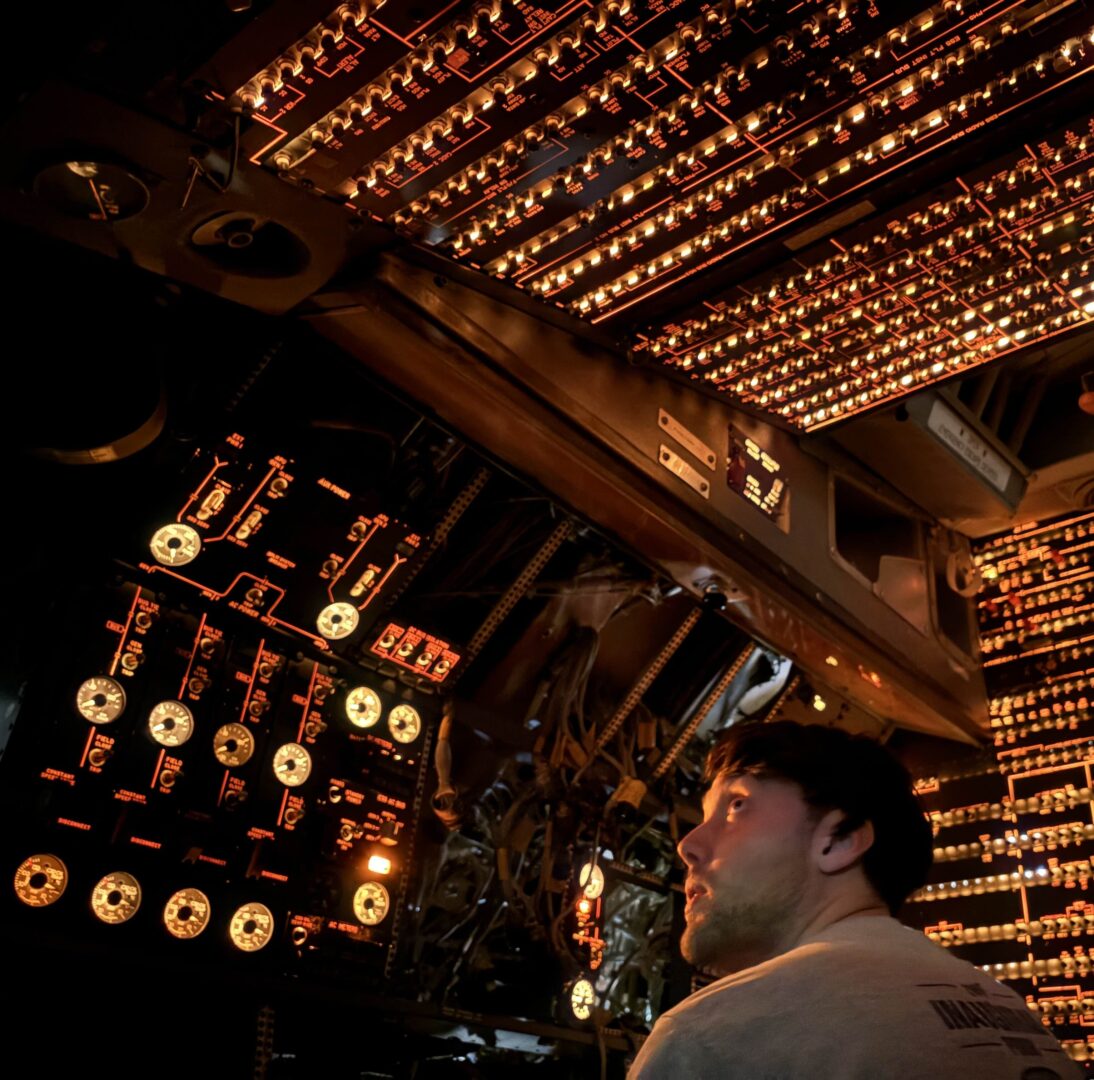
I used to fly FSX as my main sim, and then when X-Plane 11 was announced I decided to give it a closer look. Liking what I saw I bought XP10 and 11, and started playing 10 while waiting for the release. I’ve been with X-Plane ever since, and over the years have gotten deeper into developing for the sim, testing addons, and now the natural progression has led me towards building the ultimate sim, combining my real life engineering experience with my virtual addon development and flight sim experience.
Kyle also doesn’t need much of an introduction. A seasoned scenery developer, many will know his group “Zero Dollar Payware.” A team which has brought fantastic payware and freeware scenery to X-Plane, including Heathrow, Louisville, Anchorage, Hawarden, Incheon and more!
2. What is WorldFlight?

With thanks to the hard work of Vatsim staff and organisers, users will convene for a few extraordinary events. Whilst “Cross The Pond” may be the most famous, it is WorldFlight that is truly the most intensive among the organised group flights.
WorldFlight is a unique annual event that brings together flight simulation enthusiasts from around the globe for a week-long virtual circumnavigation of the planet — all in the name of charity. Since its inception in the late 1990s, WorldFlight has raised over $1 million for good causes by combining the realism of full-scale simulator operations with the passion of an international online community. During the event, teams operating high-fidelity cockpit simulators — alongside countless individual pilots — flying scheduled legs over seven days on the VATSIM network. The event not only challenges participants with complex flight planning, tight turnarounds, and remote destinations but also fosters a real sense of camaraderie among pilots, air traffic controllers, and spectators who join live streams, track flights, or even fly along. The most famous of which is Team Simfest, spearheaded by Gary Oliver!
The 2025 edition of WorldFlight will take place from 1–8 November 2025, starting once again in Sydney, Australia, before crossing continents, oceans, and even Antarctica on its way around the world. Teams will operate through a diverse mix of destinations — from major international hubs to remote outposts — with the goal of completing the global journey in just one week. More than just a test of aviation skill, WorldFlight 2025 promises to be a celebration of community, realism, and shared purpose — proving once again that flight simulation can make a real-world difference.
Kyle: As far as WorldFlight, that is an easy one. Worldflight is basically the pinnacle of flightsim events. You have an entire crew operating 24/7 in a single cockpit. You have logistics, scheduling, CRM, live streaming and of course the entire thing is benefiting charity. There’s really everything you could ask for, and it’s in a grand format that really makes it feel like a big event. Spending an entire week doing nothing but flying is something you only get with WorldFlight.
3. Finding the right aircraft
The Queen of the Skies
With a target date set, the team needed an airframe to base their cockpit on. And what better aircraft to model… than the Boeing 747 Classic!
The Boeing 747, often nicknamed the “Queen of the Skies,” revolutionised air travel when it first took to the skies in 1969. Designed as the world’s first widebody “jumbo jet,” the 747 offered unprecedented passenger capacity and range, dramatically lowering the cost per seat-mile and opening the door to affordable long-haul travel for millions. Over five decades, the 747 family became an icon of aviation, serving in roles ranging from luxurious passenger transport to freighter, government aircraft, and even space shuttle carrier. Its distinctive humpbacked silhouette remains one of the most recognisable shapes in the sky.
Felis 747-200
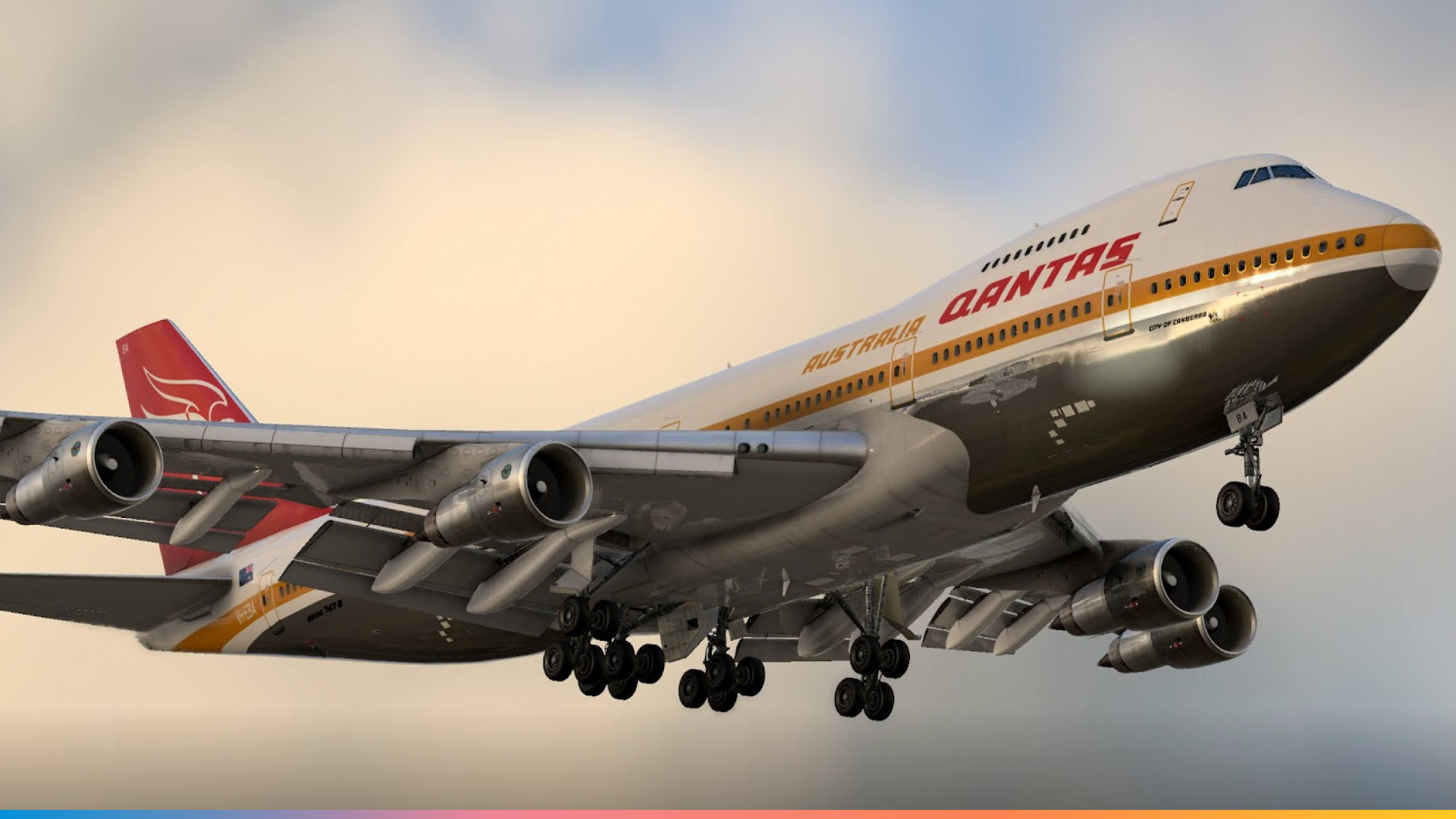

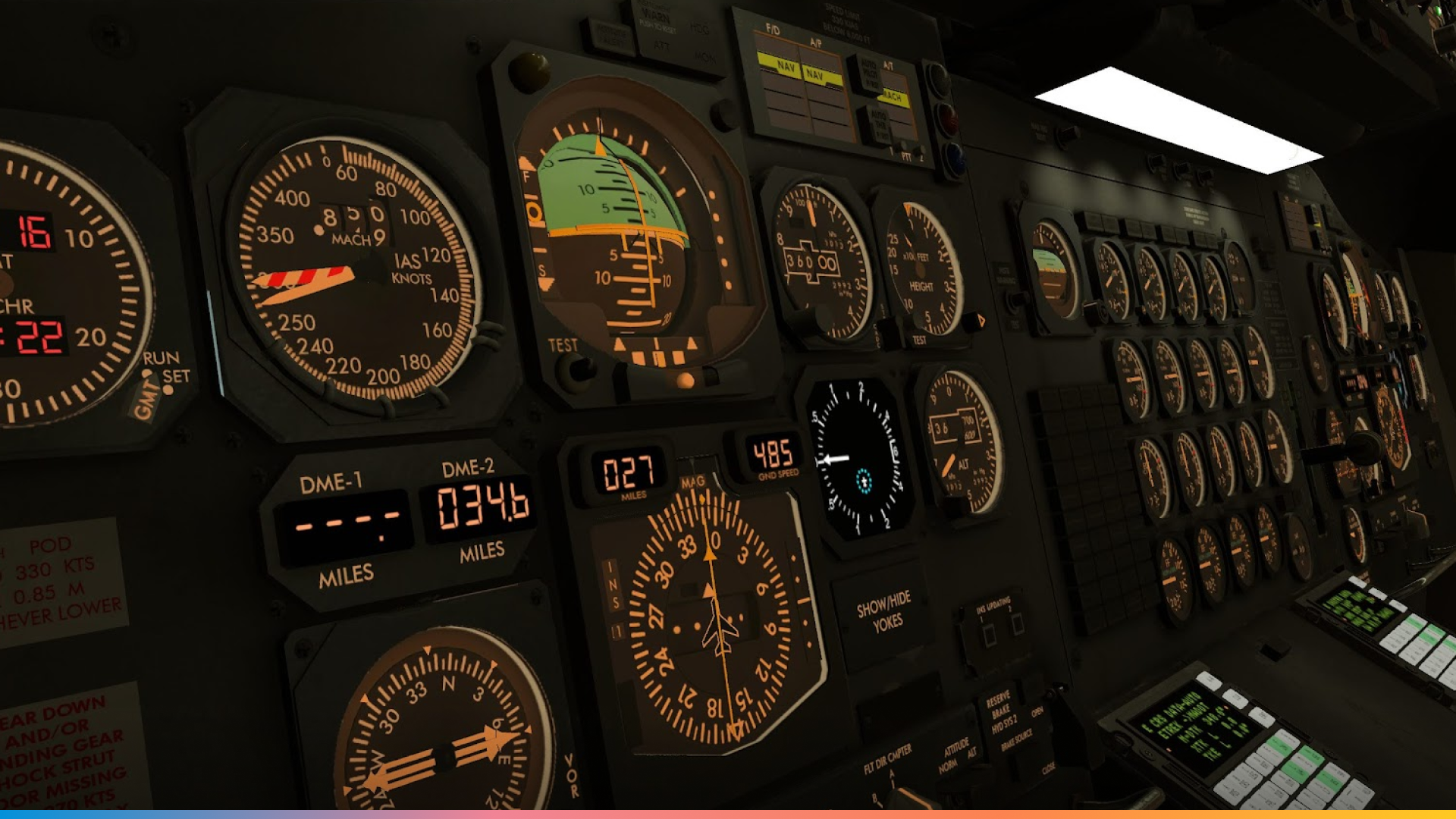
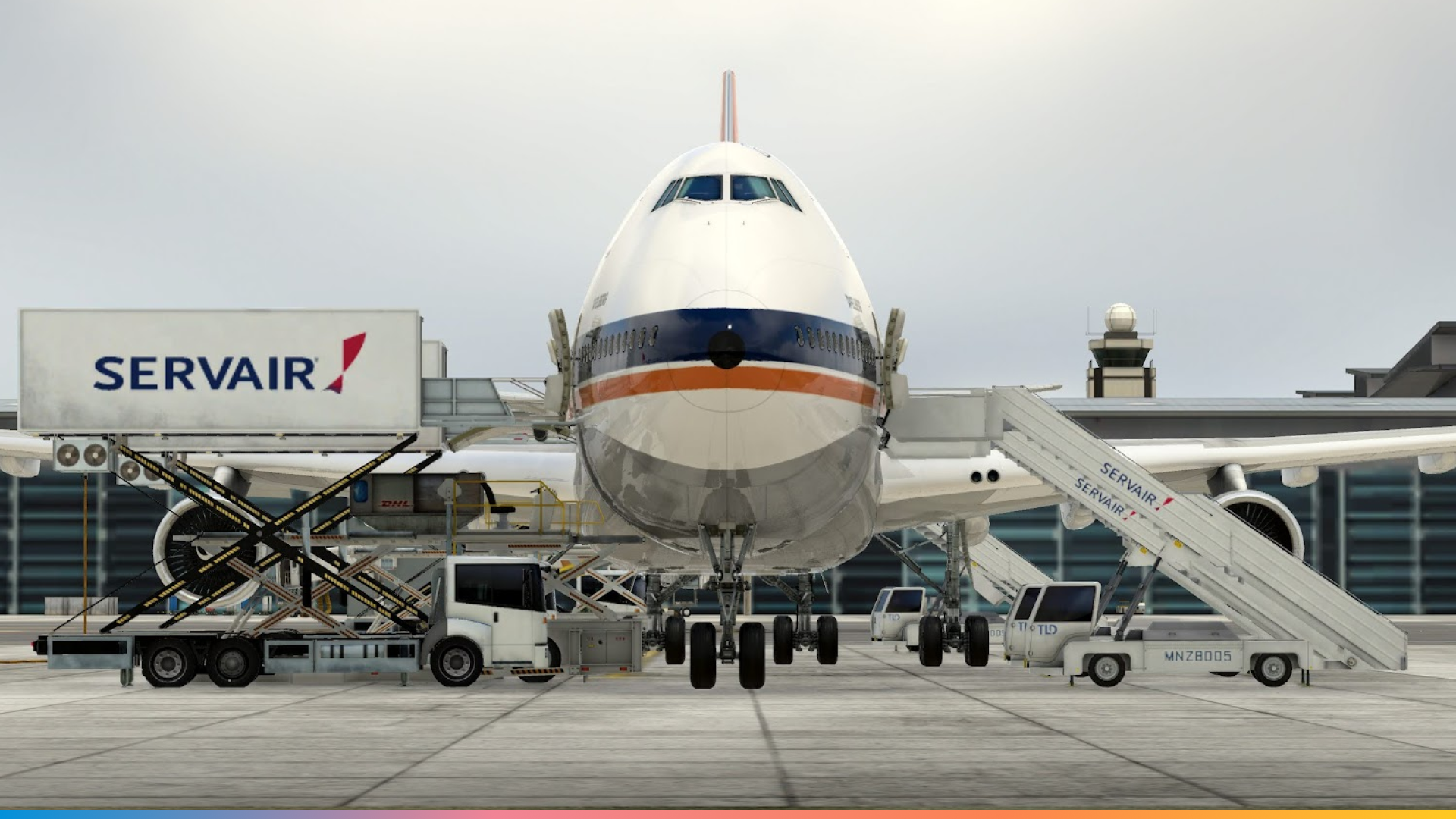
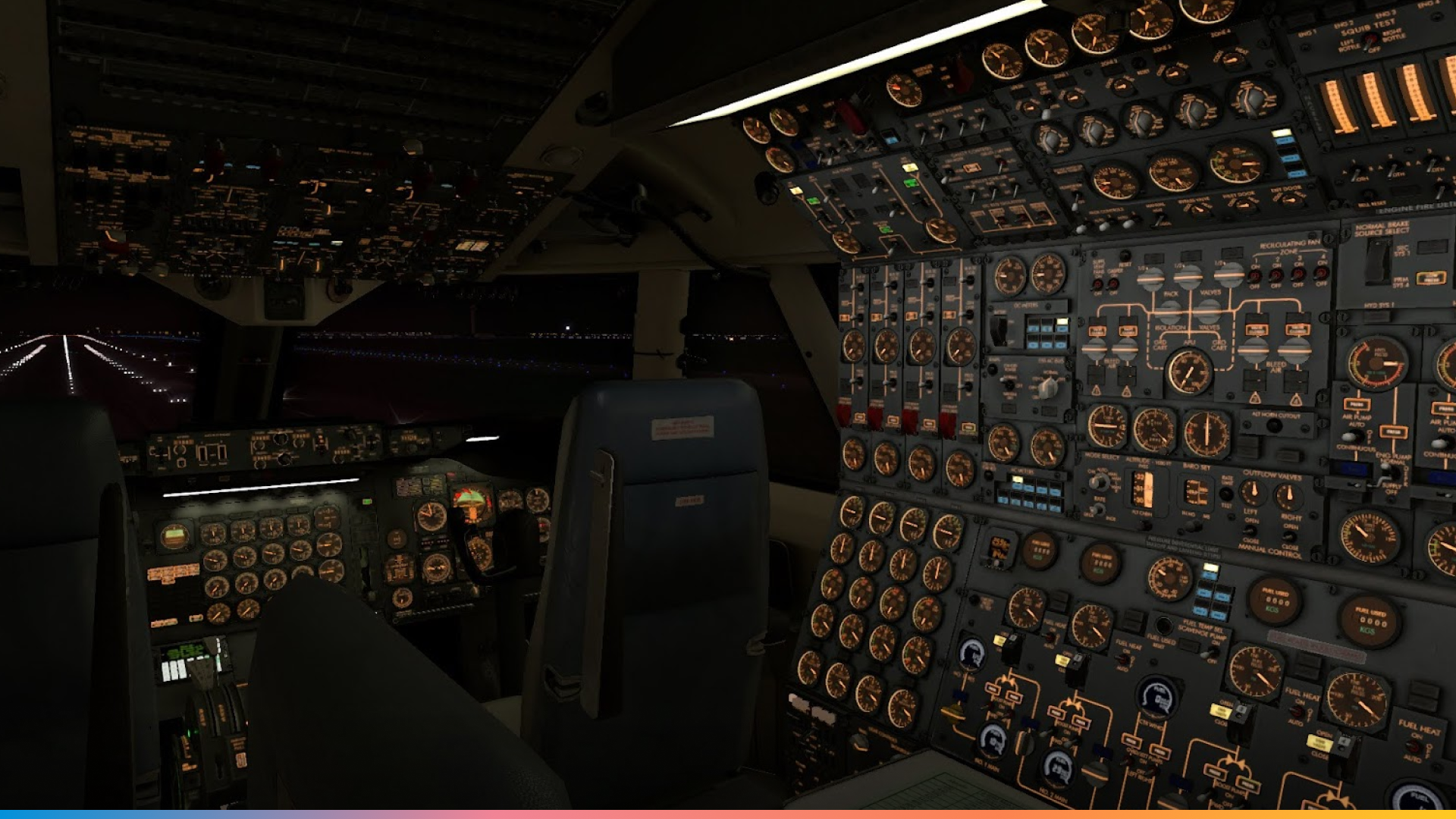
X-Plane has always had an affinity for quirky and complex aircraft. Fortunately, on the 17th September 2021, a fantastic, highly detailed simulation of the 747-200 was released by critically acclaimed developer, Felis!
In the world of flight simulation, the Felis 747-200 has earned widespread praise as one of the most detailed and faithful recreations of a classic jetliner ever made. This aircraft captures the golden era of aviation with a depth and realism rarely seen outside of professional simulators. From meticulously modelled systems and authentic cockpit workflows to period-correct avionics and flight dynamics, the Felis 747 has been celebrated for delivering not just an aircraft, but an experience — one that immerses sim pilots in the complexity and character of early widebody operations.
Meet The Donor Aircraft: MSN23640
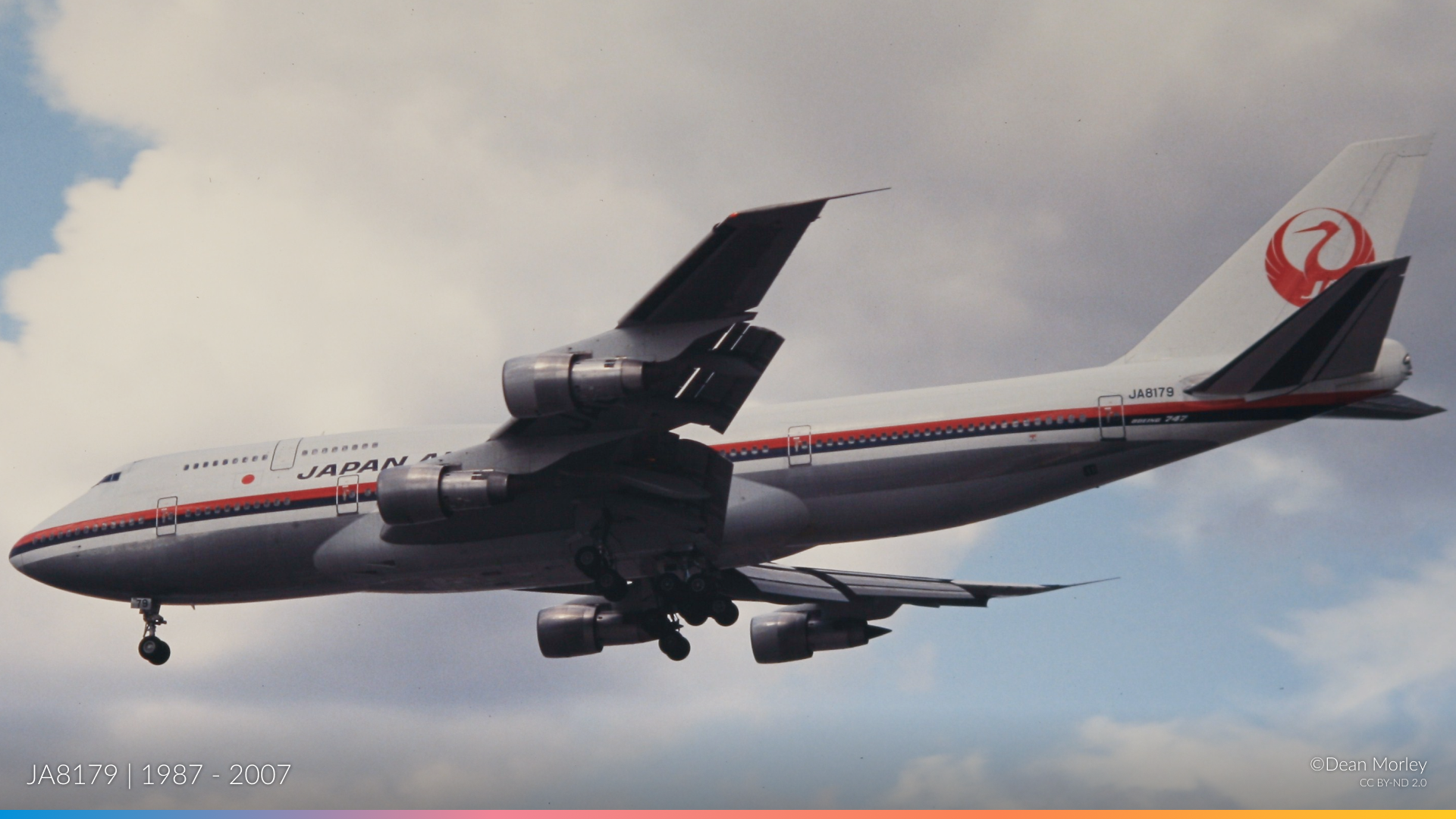
With a pre-existing simulation platform available, the next step was to find a real-life donor aircraft as a source for the external frame and interior cockpit/panels. What better way to preserve the legacy of an aircraft than to use MSN23640.
The aircraft has an interesting history! A Boeing 747-346 whose life story mirrors the rise and evolution of long-haul air travel itself. Delivered brand-new to Japan Airlines in March 1987 as JA8179, she spent her early years crossing the Pacific in the airline’s iconic “Landor style” livery — carrying thousands of passengers between Tokyo, San Francisco, London, and beyond. For nearly two decades, she was a workhorse of JAL’s global network, a flying ambassador of Japan’s aviation boom.
Kyle: Although our (donor) cockpit is actually from a 747-300, but the differences between the -200 and -300 are minimal. The 747 classic is not just the Queen-of-the-skies, it’s the original Queen. No fancy glass displays, no FMS, no advanced systems. It’s old school jet age flying and has a lot more depth in systems and operations than a newer jet which keeps things exciting. Having a 3 person crew is great just because it’s so unique these days and it makes the CRM* aspect more important.
All the official worldflight teams fly modern two-person crew jets, we thought a classic jet is more fun to fly and nobody else does it, so why not us? On top of all of that, it comes with the benefit that we spend a lot more time talking about actual flying, because the nature of the plane demands it, so our viewers get to learn a lot about operating older planes and share knowledge about how things used to be done in the old days.
*CRM = Crew Resource Management
When her time with the flag carrier came to an end, the aircraft was purchased by Wells Fargo Bank Northwest and later found a new chapter in Russia with Transaero Airlines, re-registered as VP-BGY. Even as newer, more efficient jets began to dominate the skies, this veteran 747 soldiered on well into the 2010s.
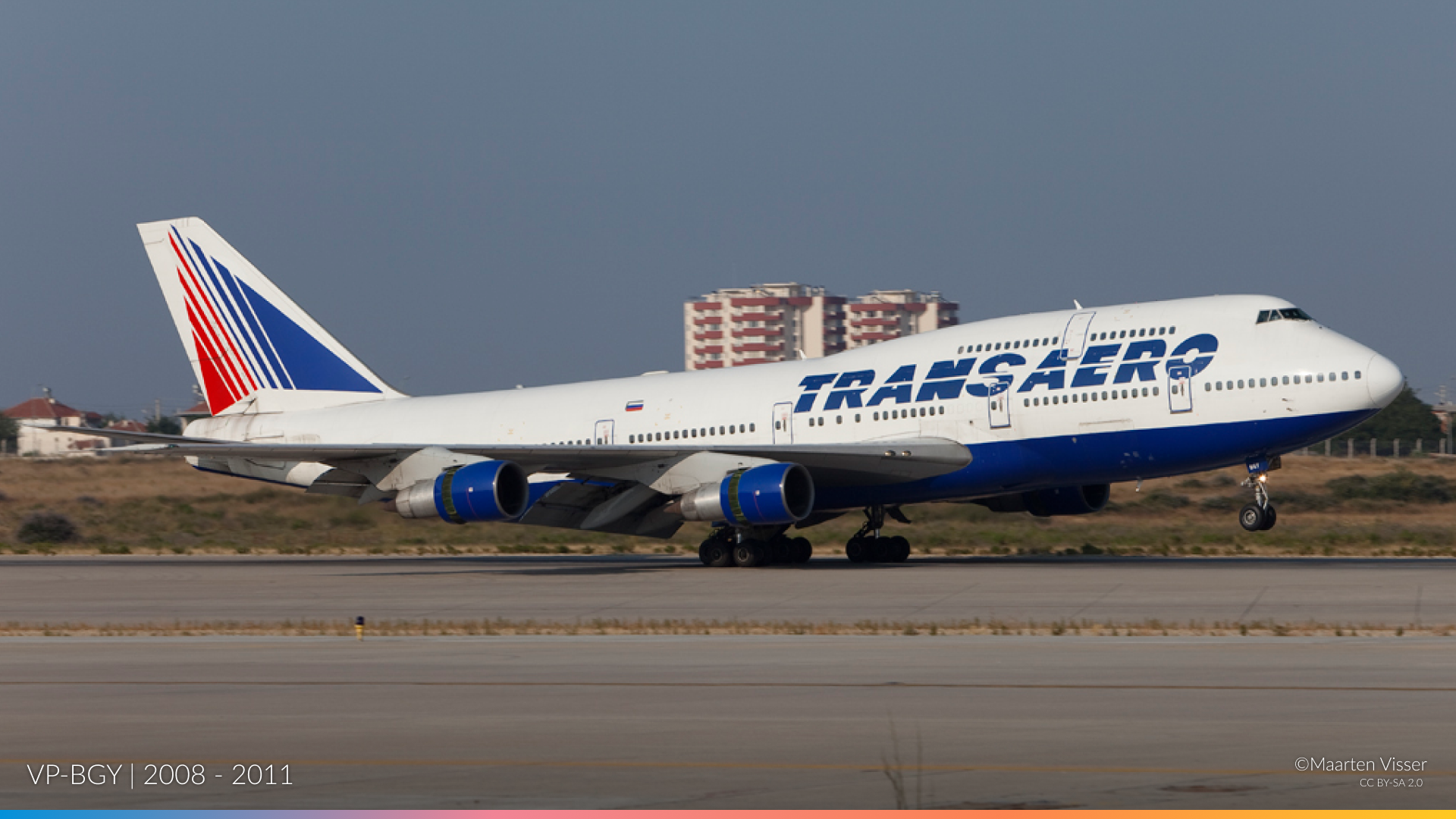
Alas, nothing lasts forever. VP-BGY was placed into storage in 2012 at Bruntingthorpe Airfield, UK. An unusual airfield, this former RAF airfield has since played host to TV and Movie studios, restoration groups, and houses historic aircraft such as the VC10, Tri-Star and 747 Classics. The aircraft sat parked behind ground litter for a decade before finally being sent for breaking in 2022, and parts were sold to a scrapyard in St. Athan.
The cockpit was listed on ebay in 2024. After careful comparison with a few candidates (both domestic and abroad), VP-BGY was saved by the team, a great first step! However, a plethora of logistical questions come to mind… How do you ship a heavy load from the UK to the USA? And how do you mount a cockpit in the home of your pre-existing Sim Garage?
4. DIY 747: A Race Against The Clock!
How to engineer a cockpit and interface it with X-Plane
The first step was to remove the previous year’s cockpit shell. A noble attempt at matching a 747 frame, but nothing beats the real thing!
Kyle: Last year we built a 747 cockpit out of wood and used off the shelf components. It was built in a day in the garage of an Airbnb and served as a proof of concept. We learned a lot about flying WorldFlight and building a sim, but the biggest thing we learned is that we wanted to take it to the next level.
The big question was “Should we build our own cockpit and instruments to a higher fidelity?” or “Just buy a real one and convert it to a sim?” After crunching the numbers and browsing eBay for cockpits we had our answer…
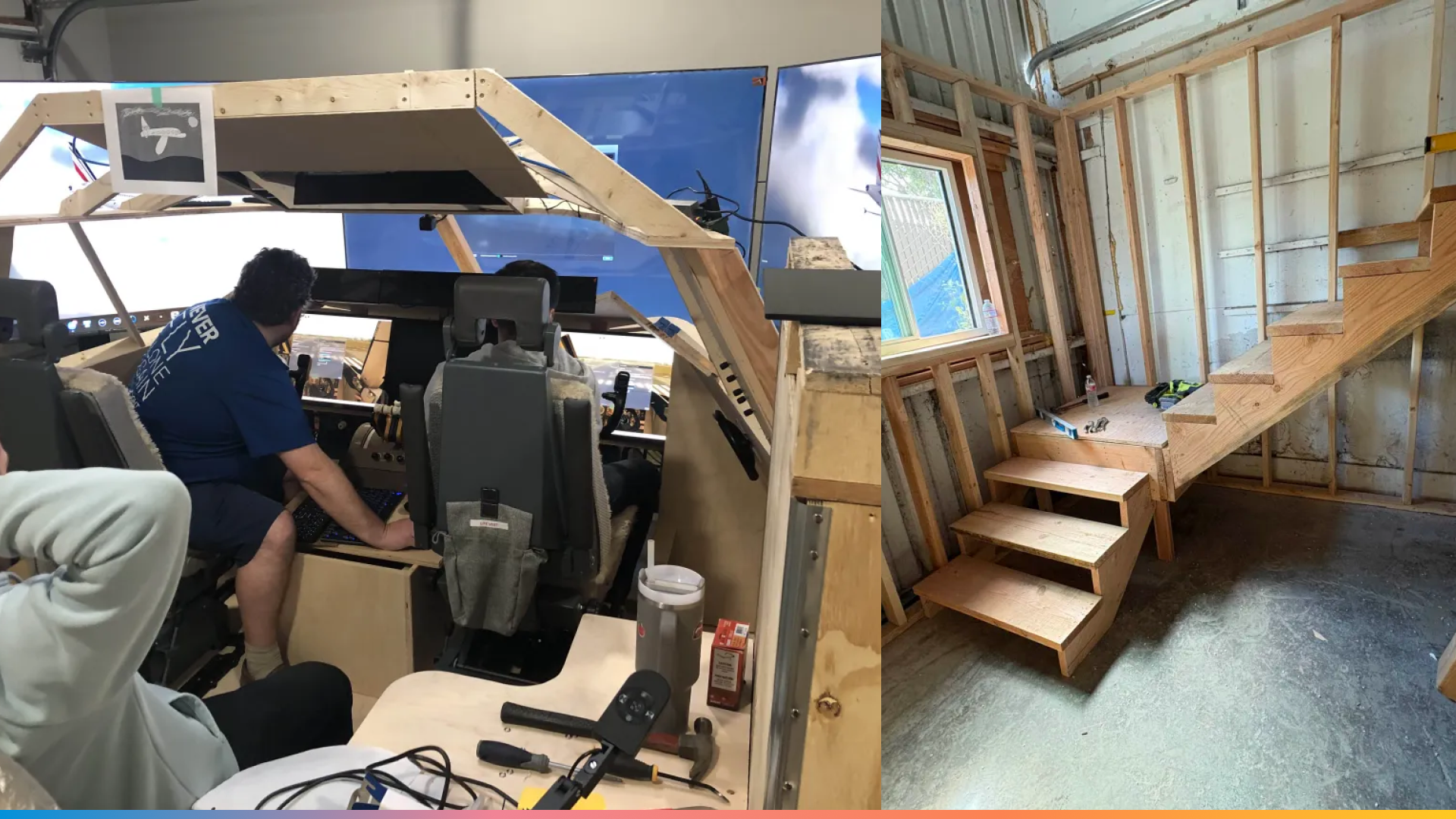
The 2024 Mk1 747 Cockpit “Cedar Clipper”, so called as the team were flying under a Pan Am callsign in 2024. To the right, a look at the new enclosure
An office “shell” was constructed with an upper floor, from which the original shell could be lifted and placed. This would provide the team with options and work areas later in the project.
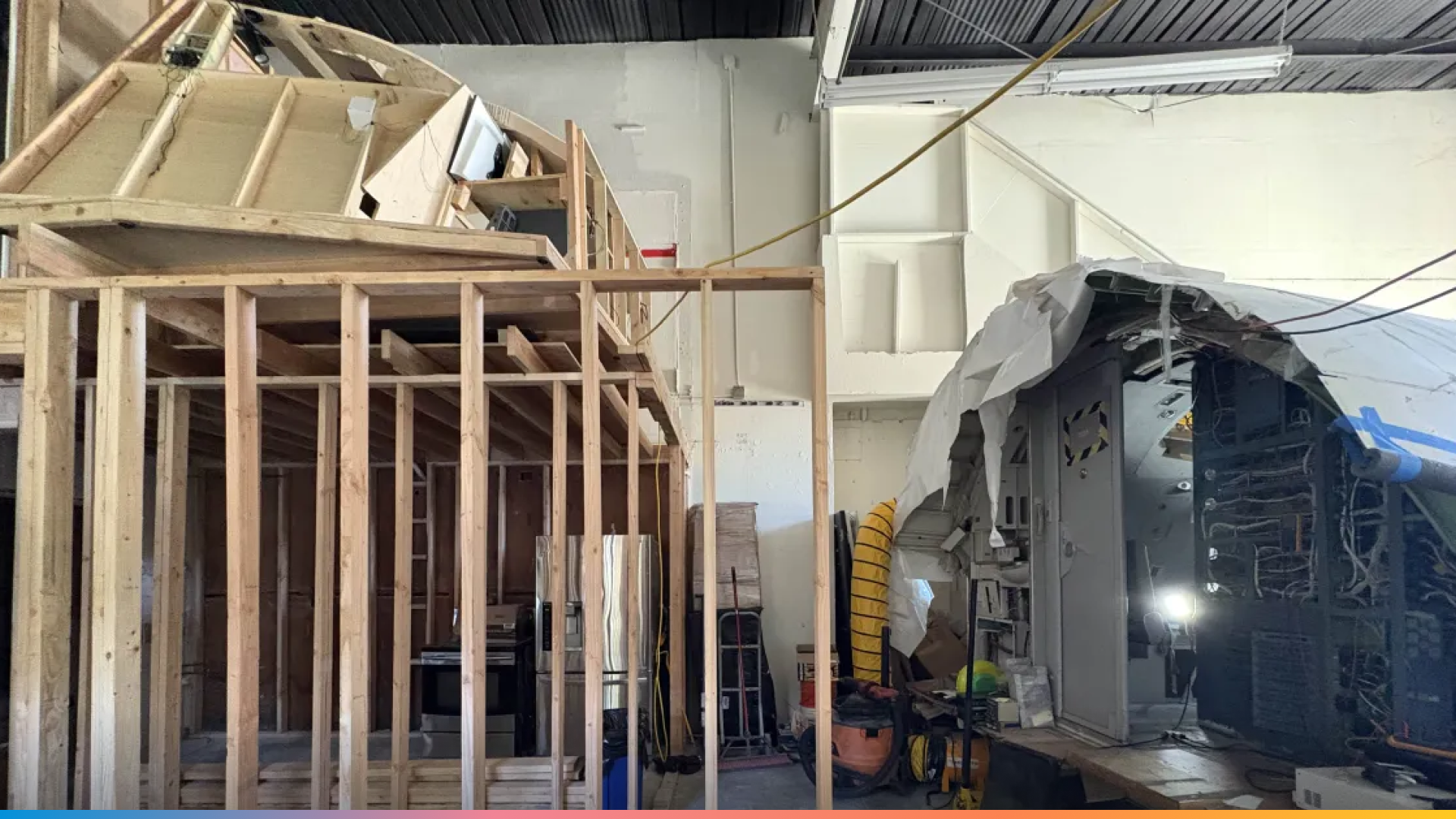
The Mk1 shell lifted into its final spot for later decommissioning, whilst the Mk2 cockpit is placed downstairs.

The cockpit is heavy… very heavy, and needs supports to distribute the load. Aluminium standoffs were considered, but wooden pallets were sufficient for now. With the cockpit in position and a significant head start on panel equipment and wiring, the team wasted no time in preparing the metal husk to be converted into a simulator! The deck was cleaned, panels opened, and wiring stripped. The auto-throttle handles were seized by a chain that had to be removed. As the team developed more of an understanding of Boeing’s mad brilliance in engineering, plans could now start to be formed about components, electrical wiring and interfacing with X-Plane. There are no off-the-shelf components for this project, so all inputs need to use original buttons, a significant amount of reverse engineering!
Powering up the 747 Recirculation Fan
Kyle: This my first full sim, the most I’ve done previously is make some basic switch panels when I was in college. There are so many challenges with turning a real plane into a sim, but the biggest one is the sheer complexity and number of wires. Every wire that leaves the cockpit was cut when it was removed from the rest of the plane, so there are thousands of wires that go to nowhere. Finding the one wire that you need is literally like finding a needle in a haystack and proved to be one of the most time consuming things.

The team is composed of talented individuals with backgrounds in electrical engineering, aviation, construction, fabrication and more. So the task of creating an interface is just another Tuesday to them. In many cases, interfaces are first experimented on breadboards and Arduinos/Raspberry Pi Pico Boards, and then brand new PCBs are designed and sent for fabrication.
X-Plane’s data handling is an extremely powerful tool for the discerning cockpit-builder. Datarefs and Commands can be easily searched, assigned and manipulated in real time. Using those values, the aircraft can be mapped to the simulator, with all the dials and knobs driving/being driven by the simulation. With some collaboration with the aircraft author himself, the project can use the Felis 747-200 to full effect!
As each button and dial was tested, more of the aircraft slowly roared into life, with the added benefit of the sound of real fans, relay banks, and aural warnings originating from the original equipment!
Kyle: Consider that each single switch is two wires, each light is one wire, that right there tallies up to nearly 1000 wires alone. In addition there is just a lot to learn, we need to fully understand how each instrument is designed, what it interacts with, what parts of the system we still have vs what has been cut out, and then we need to somehow put that all together and make it talk to X-Plane. Nearly everything is analog, so we need to do a lot of signal processing just to get it to the point a computer can read it. Unlike newer planes that use mostly *ARINC and digital busses (which are just a few wires), we’ve got dozens of wires per panel, not to mention we have an entire flight engineer panel which most other sims don’t have, that alone doubles our work statement.
*ARINC is a standard for data transfer between avionic devices. Like a language to ensure instruments can talk to each other correctly!

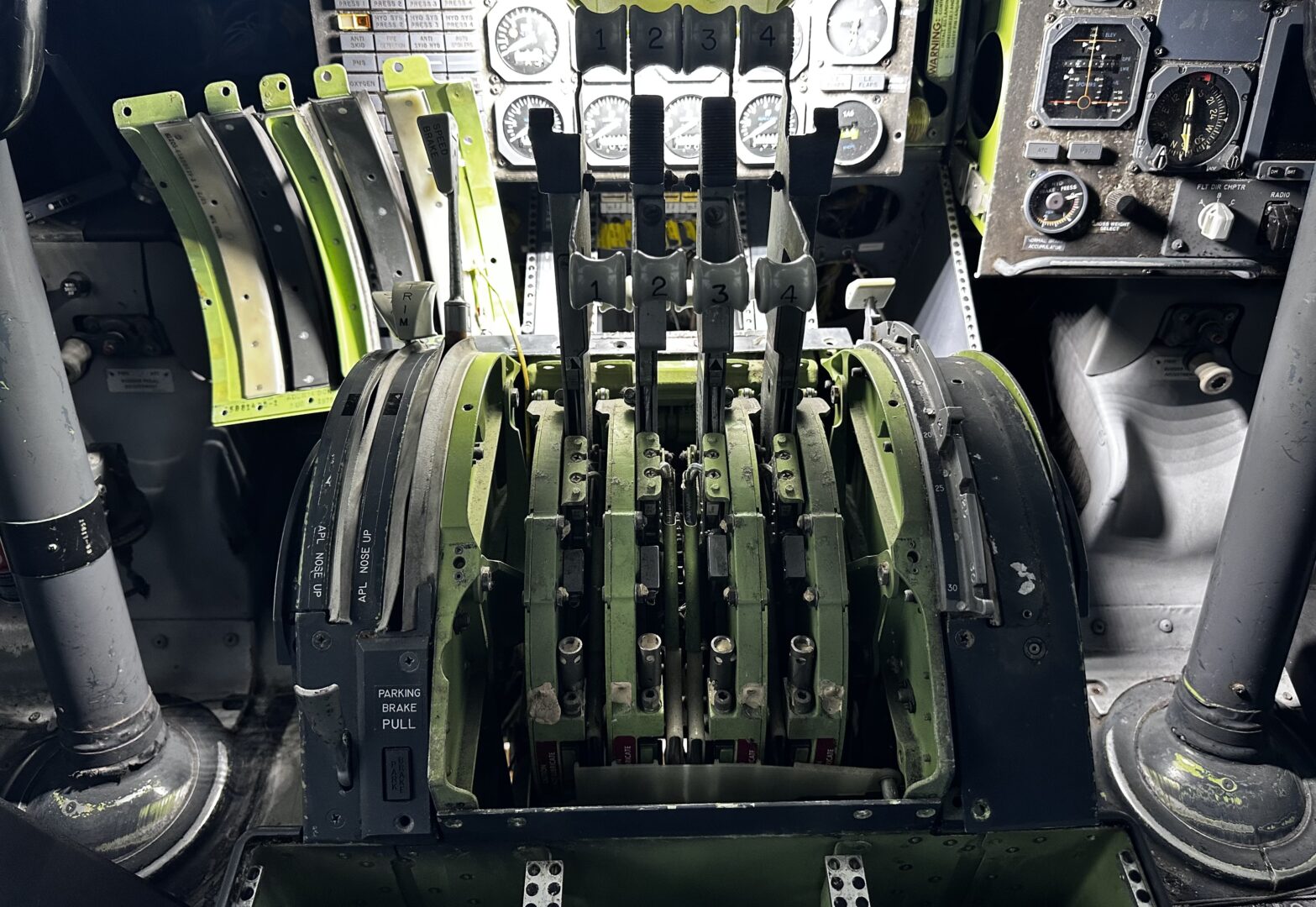


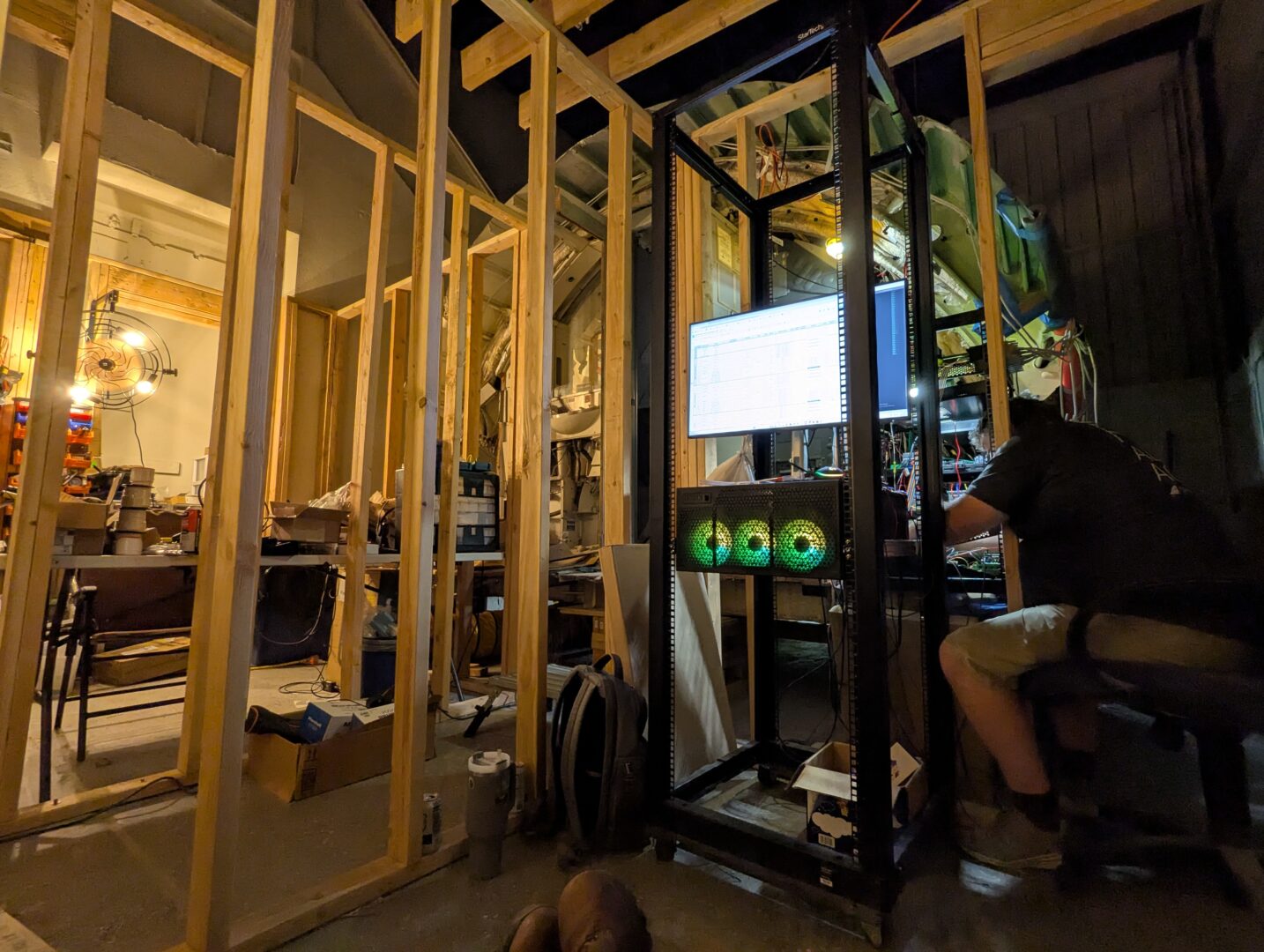
5. X-Plane, The Community And The Camaraderie
The Power To Make Your Experience Your Own!
It’s not just the flight deck that needs completion. WorldFlight is an endurance race. Time needs to be allocated for the important things… like travel, branding, sleep, schedules, food (and most importantly, beer). We live in a community that is constantly transferring knowledge and passion amongst each other. Experiences from other WorldFlight teams are shared, an act which transcends boundaries or even the simulation platform.
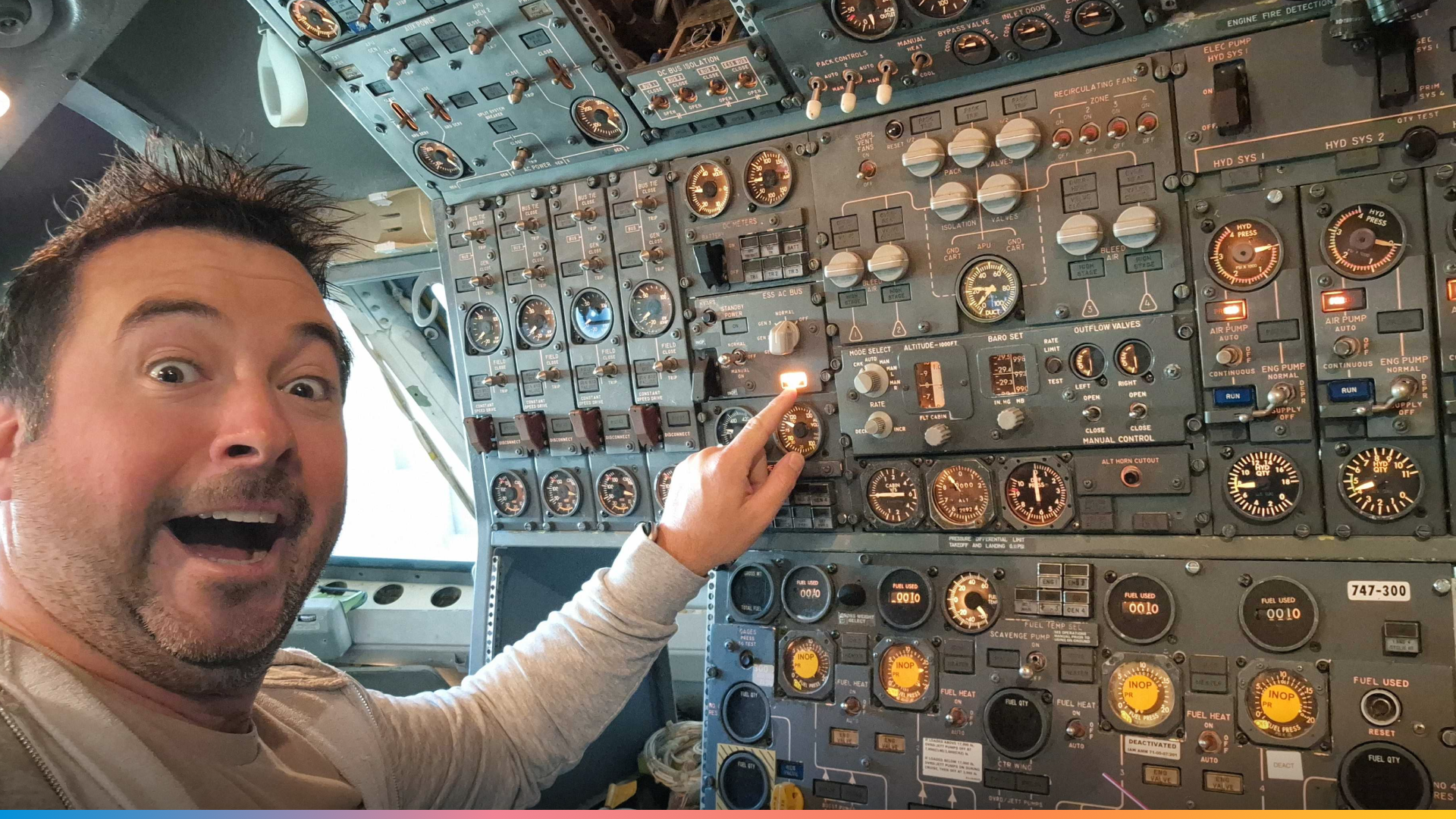
Many WorldFlight fans will recognise Horgy from SimFest!
The biggest thing is getting the plane ready. It wasn’t delivered to it’s home in SJC until June, which gave us only five months to get it ready to fly. In addition we’ve been building a roster, figuring out crew scheduling, coming up with logistics for how we will actually be able to operate a week nonstop. We needed to build our brand and get merch ordered, design stream overlays, and many other things. There’s a lot that goes into planning this event aside from just getting the sim ready. It has been almost like a second job for a few of us.
What we love about this project isn’t just how “hardcore” the desire for an authentic experience is. But the precedent it sets for others in the community. With enough passion and drive, you too could achieve anything!
Before we leave, we asked Kyle, “What advice or knowledge do you have for the community?”
Kyle: Well firstly, realize that if you want to do something this ambitious it will never be as easy or cheap as you think it will be. With that said, it is also just as cool as it sounds. You get so much more from a real cockpit than a home setup, and flying with a full crew in-person is unmatched. I’d encourage people to always be willing to learn. Be it about building a simulator, developing addons, or just flying a more complex plane than you’re used to. If you have the motivation to do something new then learning won’t feel like a chore, but will instead be enjoyable. I was overwhelmed by the complexity of this project at first, but once I pushed past the initial learning curve it became really enjoyable. There’s been many nights where I stay up way too late because I get engrossed in learning about a new system or experimenting with an instrument, it really is addicting and very satisfying work.
Charity LiveSteam: National Kidney Foundation
It is tradition for WorldFlight teams to support a charity. This year’s chosen charity for the Jurassic Jets Team will be the National Kidney Foundation.
If you wish to donate, please use the following link and help towards this great cause! The team are looking to target $2500 worth of donations.
Watch the team travel the world from Saturday, 1st November 2025!

WorldFlight commences from the 1st to the 8th of November with 44 planned legs.
To support the team, we’ll also be giving away x3 copies of X-Plane 12. So if you want the chance to win, be sure to tune in on the Jurassic Jets Team Twitch!
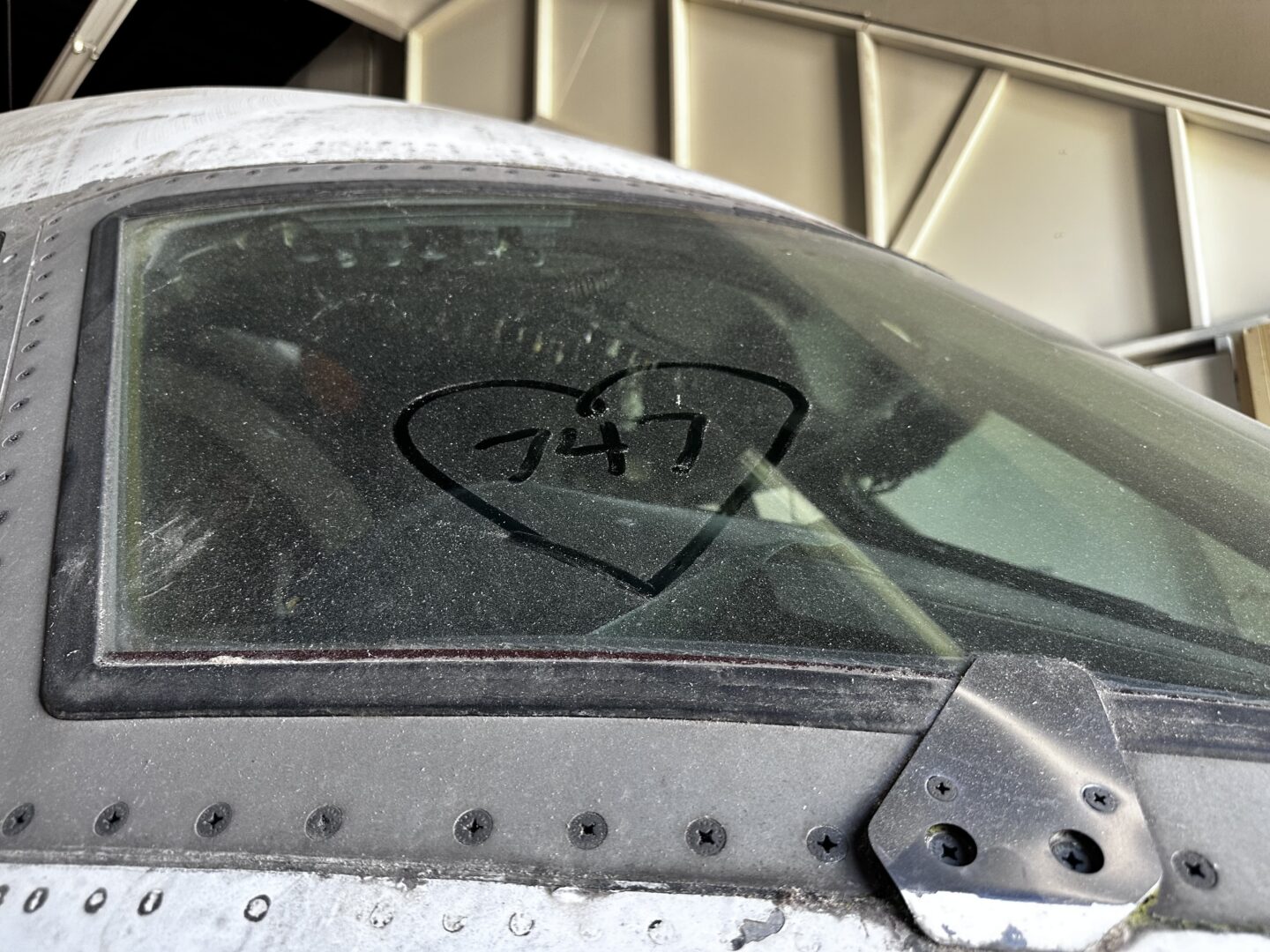
Wishing the team good luck on their adventures! ❤️






